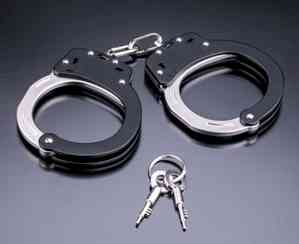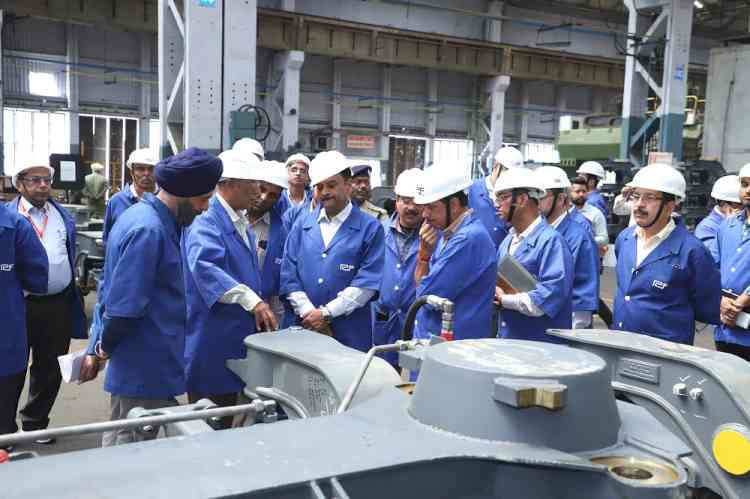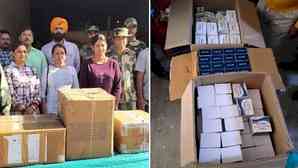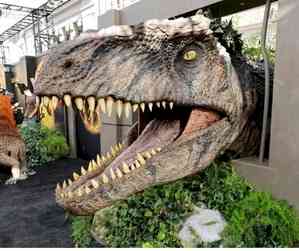Plastic Surgery Day observed
Author(s): City Air NewsLudhiana, July 15, 2017: Department of Plastic Surgery of DMCH and Ludhiana Association of Plastic Surgeons celebrated ‘Plastic Surgery Day’ today at Government Senior Secondary School in Gobind Nagar. Dr Sanjeev...


Ludhiana, July 15, 2017: Department of Plastic Surgery of DMCH and Ludhiana Association of Plastic Surgeons celebrated ‘Plastic Surgery Day’ today at Government Senior Secondary School in Gobind Nagar.
Dr Sanjeev Uppal (Professor & Head of Plastic Surgery) delivered a talk on the topic ‘First Aid in Burns’. Later the team comprising of Dr Bhupinder Singla, Dr Karan B Singh, Dr Vikas Jain and Dr Maninder Kaur conducted a Quiz on ‘First Aid’. Mr Badhan , the Principal of the School , distributed the prizes .
Dr Uppal told the students that though the treatment of burns is complex and patient should be under expert medical care but certain first aid measures can help the patient.Some of the tips for giving first aid in minor burns are :
· Cool the burn to help soothe the pain. Hold the burned area under cool (not cold) running water for 10 to 15 minutes or until the pain eases. Or apply a clean towel dampened with cool tap water.
· Remove rings or other tight items from the burned area.Try to do this quickly and gently, before the area swells.
· Don't break small blisters (no bigger than your little fingernail). If blisters break, gently clean the area with mild soap and water, apply an antibiotic ointment, and cover it with a nonstick gauze bandage.
· Apply moisturizer or aloe vera lotion or gel, which may provide relief in some cases.
· If needed, take an over-the-counter pain reliever, such as ibuprofen (Advil, Motrin IB, others), naproxen sodium (Aleve) or acetaminophen (Tylenol, others).
· If it's not clear what level of care is needed, try to judge the extent of tissue damage, based on the following burn categories:
1st-degree burn
A first-degree burn is the least serious type, involving only the outer layer of skin. It may cause:
· Redness
· Swelling
· Pain
You can usually treat a first-degree burn as a minor burn. If it involves much of the hands, feet, face, groin, buttocks or a major joint, seek emergency medical attention.
2nd-degree burn
A second-degree burn is more serious. It may cause:
· Red, white or splotchy skin
· Swelling
· Pain
· Blisters
If the second-degree burn is no larger than 3 inches (7.6 centimeters) in diameter, treat it as a minor burn. If the burned area is larger or covers the hands, feet, face, groin, buttocks or a major joint, treat it as a major burn and get medical help immediately.
3rd-degree burns
The most serious burns involve all layers of the skin and underlying fat. Muscle and even bone may be affected. Burned areas may be charred black or white. The person may experience:
· Difficulty breathing
· Carbon monoxide poisoning
· Other toxic effects, if smoke inhalation also occurred
Secretary of DMCH Managing Society-Sh Prem Kumar Gupta and Principal Dr Sandeep Puri lauded the effort of Department of Plastic Surgery in organizing this awareness talk.

 cityairnews
cityairnews 
















